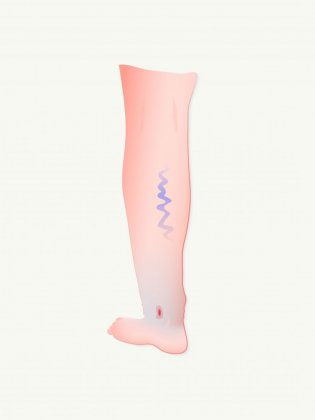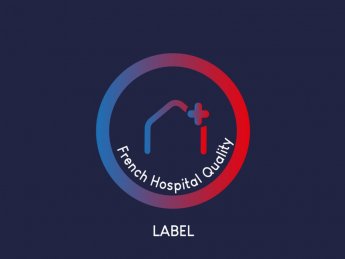What are leg ulcers?
Causes, Symptoms, Diagnosis and Treatment
Leg ulcers are a frequently-occurring disease, particularly among the elderly. You are at a higher risk of developing a leg ulcer if you are elderly, female, overweight or have a chronic circulatory system disease.
Leg ulcers can be a major source of pain and discomfort for the patient.
In more than 80 percent of cases, the ulcer is caused by a vascular problem affecting circulation in the lower limbs.
The causes of these circulatory problems include:
- Chronic venous disease in the legs: either superficial venous insufficiency, which culminates in a varicose vein, or post thrombotic disease, which is a residual effect of venous thrombosis (phlebitis) in the leg
- Lower extremity arterial occlusive disease, also known as arteritis: a narrowing (stenosis) of the leg arteries that can result in open sores on the skin
- Mixed ulcers, caused by a combination of arterial and venous problems
- Rare vascular causes: necrotic angiodermatitis, whose onset is characterized by very painful black-hued lesions; cholesterol embolism.
How is a leg ulcer diagnosed?
Our team of vascular disease specialists, comprising vascular physicians and surgeons and interventional radiologists, provides optimal, comprehensive treatment of leg ulcers.
We use a range of tests to diagnose and identify the cause of leg ulcers: clinical exam by a doctor specialized in vascular medicine; measurement of blood pressure in the foot with a Doppler device; venous and/or arterial Doppler ultrasound of the lower limbs and in patients with arteritis; CT angiogram or traditional angiogram of the lower limbs.
What treatments are available for leg ulcers?
There are several aspects to treating leg ulcers, including:
- Optimal nursing care delivered locally according to a detailed protocol defined by the doctor and including different dressings adapted to the patient’s ulcer. The American Hospital of Paris has nurses who are specialized in ulcer care. We also work closely with private practice nurses who provide in-home ulcer care.
- Treating the cause: for ulcers caused by arterial blockage, blood flow is restored through a percutaneous angioplasty procedure or bypass surgery. For ulcers caused by a venous problem, compression bandages or socks must be worn. If the leg ulcer is caused by varicose veins, the veins can be removed using endovenous techniques or surgery.
- Punch skin graft: this technique, widely approved for the treatment of leg ulcers, can significantly speed up the healing process and relieve pain. We perform these small grafts under local anesthesia and provide the necessary follow-up care.
- Innovative techniques are also available to treat refractory ulcers, such as negative pressure wound therapy and autohemotherapy.
Lastly, our team can effectively diagnose and manage the rare ulcers with a non-vascular cause. These include skin carcinomas, which are small, generally benign skin cancers diagnosed through a skin biopsy. The biopsy is performed under local anesthesia and consists in removing and analyzing a small sample of the ulcer.
If the diagnosis is confirmed, the ulcer must be removed surgically in order for it to heal.

BOOK AN APPOINTMENT WITH OUR VASCULAR SPECIALISTS
Learn more

